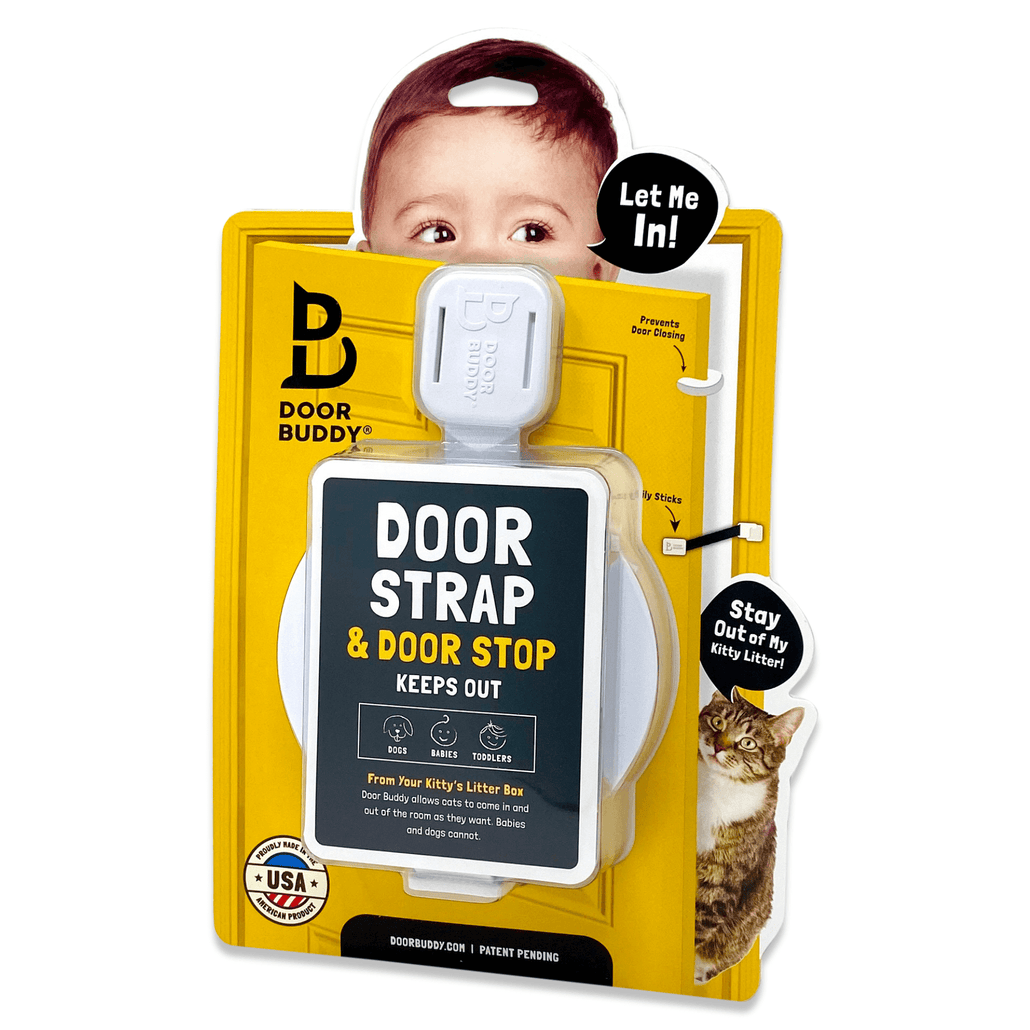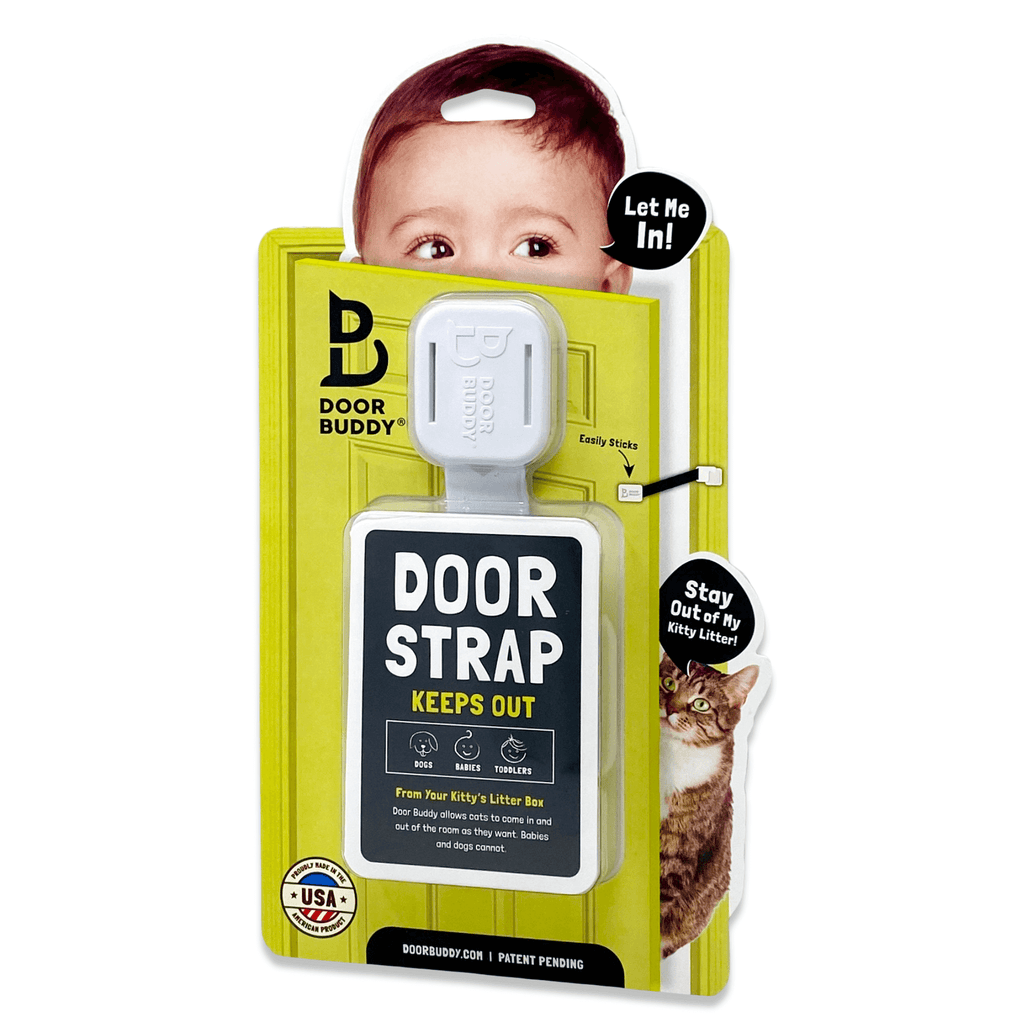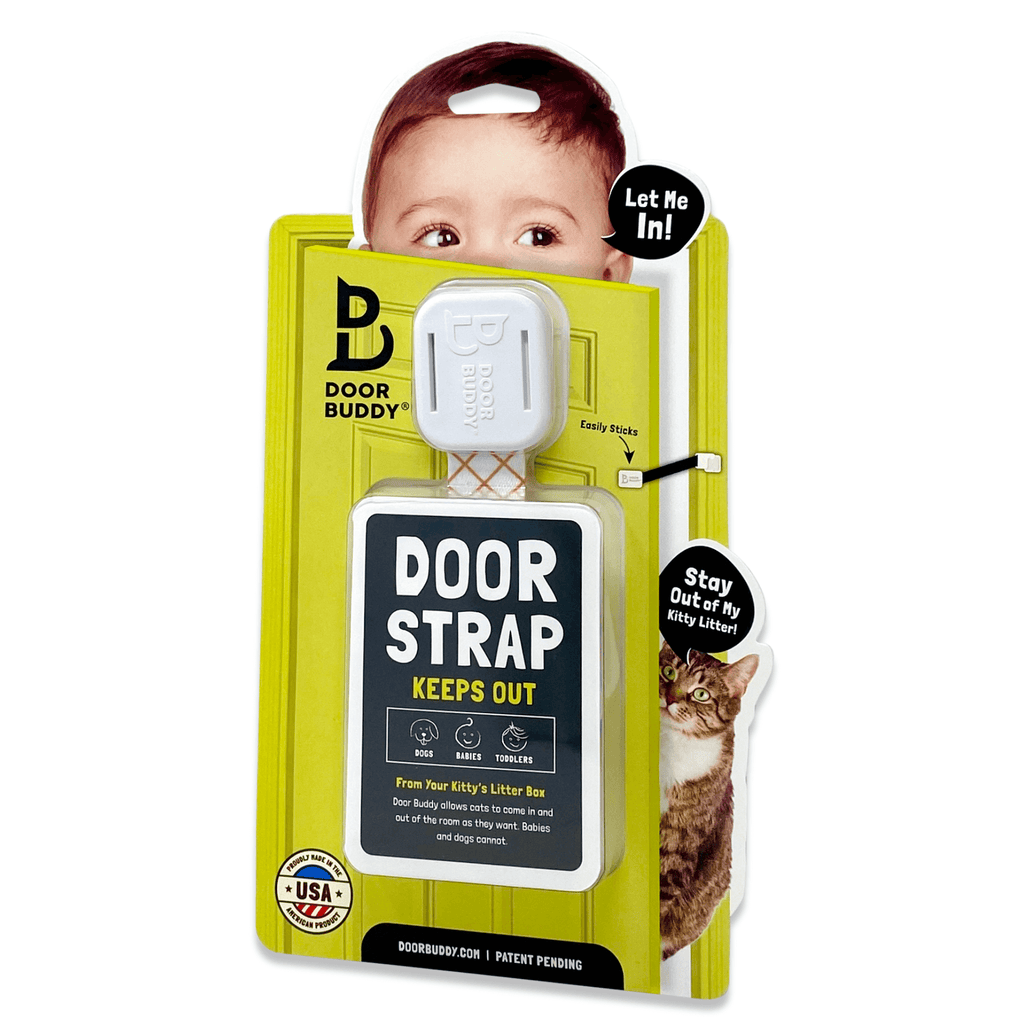INTRODUCING DOGS TO BABIES: A STEP-BY-STEP GUIDE FOR PAWRENTS
By: Door Buddy Editors | Published: 1 September 2025

So, you’ve mastered life as a “pawrent,” have you? The good news is your furbaby has been excellent practice for your human baby… give or take a few sleepless nights and messy diapers. The next step? Mastering the art of introducing dogs to newborns! Luckily, it doesn’t have to be nearly as tricky as getting your little one into a solid sleep routine.
We may not be experts on baby sleep (we’ve tried and failed, pass the coffee!), but we do know a thing or two about helping newborns and dogs live happily together. In this guide, you’ll learn:
-
How to spot jealousy in dogs
-
Step-by-step ways to prepare your dog before the baby arrives
-
Safe introduction strategies for dogs and infants
-
When to call in professional support
By the end, you’ll be well on your way to raising “pawsome” “fur-siblings” for life!
BEFORE BABY ARRIVES: HOW TO PREPARE DOG FOR NEWBORN
The earlier you start, the smoother things will be. Think of this as a trimester-by-trimester prep plan for introducing dogs and newborns.
Training Essentials
-
Brush up on “sit,” “down,” “leave it,” and “stay.”
-
Teach a reliable “place” command, so your dog can calmly go to a mat or crate when needed.
-
Practice polite leash walking, no pulling while you’re holding a stroller!

Routine Adjustments
-
Gradually shift feeding and walk times to match life with a newborn.
-
Introduce short periods of alone time so your pup learns independence.
Scent & Sound Desensitization
-
Bring home baby-scented blankets, lotions, or diapers ahead of time.
-
Play recordings of baby crying and cooing at low volume while offering treats.
Baby Gear Familiarisation
-
Let your dog explore strollers, cribs, and carriers before they’re in use.
-
Reward calm behavior to build positive associations.
Tip: Pets and newborns adjust better when changes happen gradually, so start early and be consistent.
CAN DOGS GET JEALOUS OF A NEWBORN?
Yes, they can! Recognizing dog behavior with a new baby is key. Jealousy doesn’t make your pup bad, it just means they’re adjusting.
Signs your dog may be jealous of your newborn:
-
Barking, growling, or snapping
-
Marking territory more than usual
-
Loss of appetite or energy
-
Jumping when you’re holding the baby
Most of these are attention-seeking behaviors. The fix? Extra love, patience, and reassurance. Your dog just wants to know they’re still your best friend, even with a new little human in the house.

THE BIG DAY: HOW TO INTRODUCE A NEWBORN TO A DOG
When it’s finally time to bring baby home, the first meeting matters. Experts recommend taking it slow when introducing dogs and newborns.
Stage the First Greeting in Neutral Territory
Before stepping inside, greet your dog calmly in the yard or outside the house. This burns off excitement before meeting your baby indoors.
Stay Calm Yourself
Dogs and infants pick up on your energy. Stay relaxed, use a calm voice, and reward good behavior.

-
Keep Introductions short & supervised.
-
Leash your dog for the first meet-and-sniff.
-
Let them smell the baby’s blanket first.
-
Praise calm behavior with treats.
-
Repeat in short sessions over a few days.
Safety Reminder: Can dogs be around newborns unsupervised? No. Experts strongly warn that dogs and infants should never be left alone together, even the calmest pup can react unpredictably.
CREATING A SAFE ENVIRONMENT FOR DOGS AND INFANTS
Your pup needs a retreat just as much as your baby needs a nursery.
Safe Spaces
Provide a crate, mat, or dog-only room.
Balanced Affection
One parent on Reddit shared: “We always pet our dog while she’s lying next to us and the baby so she knows love happens when the baby’s around too, not just when they’re gone.”
Boundaries
This is where Door Buddy really comes in handy. It keeps your dog safe in their space while preventing them from getting overly boisterous. Your dog can sniff your baby through the small gap our adjustable strap and prop provides, giving you a safe and efficient way to introduce dogs to babies!
Dogs and babies will “furever” hold a special place in your heart as a “pawrent”. When you introduce dogs to babies properly, you’ll never regret taking the time to help your doggo and little one become the best fur-ends. After all, your dog was your first best friend!
Establishing this balance helps prevent jealousy, ensures infant safety, and supports a peaceful home where dogs and babies can thrive together.
Ready to take the next step? Start by creating your own babyproofing checklist with this article.
WHEN TO SEEK HELP
If your dog shows aggression, anxiety, or obsessive behavior, it’s time to call in support:
-
Certified dog behaviorist for training guidance
-
Veterinarian to check for health or anxiety triggers
-
Trusted trainers for ongoing help
This ensures newborns and pets stay safe, while your dog feels supported.
FAQS: QUICK ANSWERS FOR BUSY PET PARENTS
-
A: Start with neutral greetings outdoors, keep introductions short, and always supervise. Reward calm behavior and never force interaction.
-
A: Yes, but only with constant supervision. Dogs and infants should never be left alone, even for a minute.
-
A: Some babies may develop allergies. Speak with your pediatrician if you notice sneezing, rashes, or breathing issues.
-
A: Introduce them slowly and in a controlled environment. Keep the dog on a leash at first and allow the cat to observe from a safe space. Never leave them alone together until you're sure they’re comfortable.
CONCLUSION: INTRODUCING DOGS TO BABIES
Bringing home a new baby is a huge change, but with preparation, patience, and supervision, dogs and newborns can thrive together. By setting routines early, creating safe spaces, and respecting both your baby’s and your dog’s needs, you’re building the foundation for a lifelong friendship.
After all, your dog was your first best friend. With a little guidance, they’ll soon become your baby’s most loyal fur-end too.
Other articles you might like:







